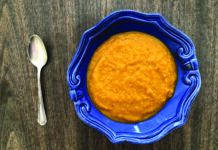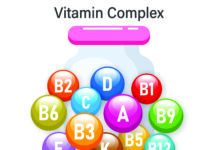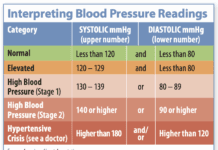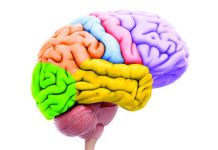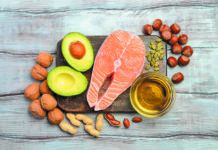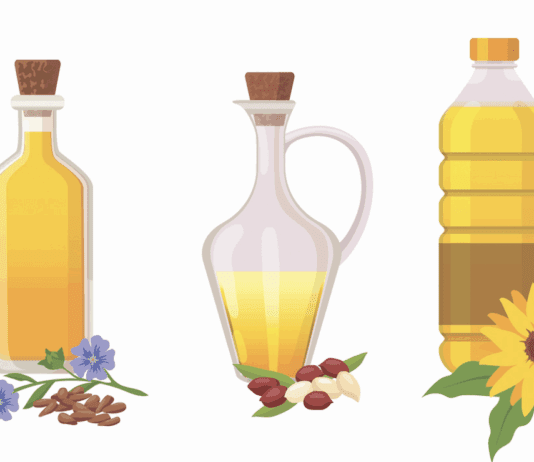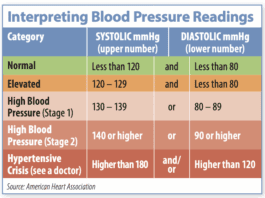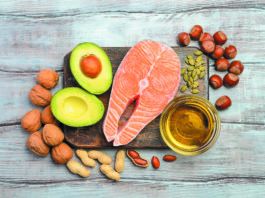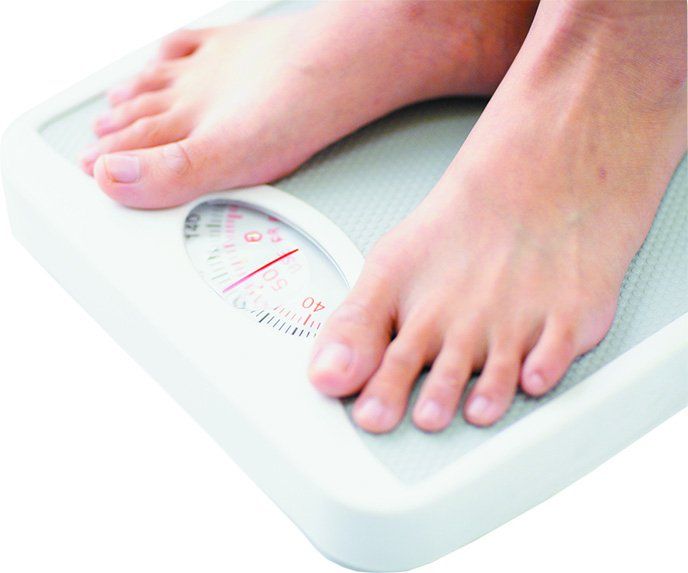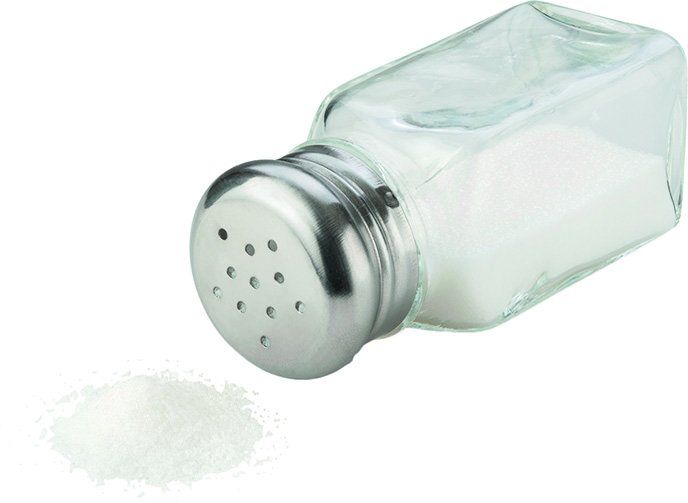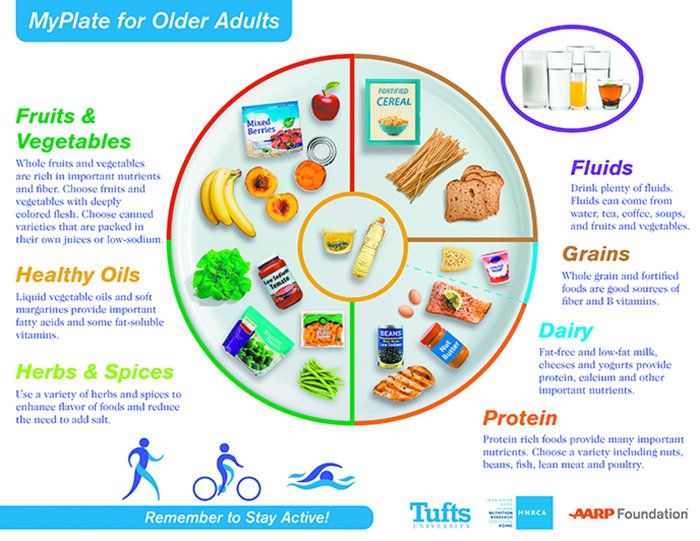US Adults Close to Meeting H2O Targets
Worried about drinking enough water? Our Special Report on hydration in the June newsletter should help. And there's also this update from the Centers for Disease Control and Prevention, published just after we went to press: Most Americans are getting roughly enough fluids, though only about a third comes in the healthiest form of plain water.
Worried About Diabetes or Your Heart? Eggs Not Harmful
Two recent studies suggest egg lovers aren't at higher risk of type 2 diabetes or coronary artery disease. In a new meta-analysis, egg consumption was largely unrelated to risk of type 2 diabetes. And in a population study, egg consumption was not associated with increased incidence of coronary artery disease among men, even those with a genetic risk factor.
Drink Up to Stay Healthy and Hydrated This Summer
Every cell in your body needs water to function. Water transports nutrients and oxygen throughout the body, and carries away waste materials. Water makes up most of your body, ranging from about 75% of body weight in infancy to 55% of body weight at older ages. Your brain and heart are almost three-quarters water, your muscles and kidneys are almost 80% water, and even your bones are about 30% water.
Weight Loss Can Improve Lipid Levels
Losing weight can improve your cholesterol and triglyceride levels as well as your waistline, according to a major new intervention study. The study found similar weight loss amounts could be achieved by lower-fat or lower-carbohydrate diets, whether the lower-carb diet was rich in walnuts or in monounsaturated fat (as in canola or olive oils).
Tufts Experts Among Most Influential
Two faculty at Tufts' Friedman School have been named to Thomson Reuters' list of the World's Most Influential Scientific Minds. The listing identifies scientists in 21 fields who published the most papers between 2003 and 2014 cited highly by other scientists. Named to the list were Dariush Mozaffarian, MD, DrPH, and Jeffrey B. Blumberg, PhD.
Sugary Drink Frequency Drops
More evidence that Americans are getting the message about the negatives of added sugars in liquid form comes from a report showing a sharp drop in the percentage of adults drinking at least one sugar-sweetened beverage a day.
REALITY CHECK 6 Iffy Claims About Reducing Salt
The latest Dietary Guidelines for Americans call for limiting sodium intake to no more than 2,300 milligrams daily. Although the 2015 revision put less emphasis on more restrictive limits for people 51 and older, African-Americans, and those with hypertension, diabetes or kidney disease, that shouldnt be interpreted as a green light to load up on salt.
Updated Nutrition for Older Adults
If you've got your AARP card but you're still eating the way you did in your 20s, it's time for your diet to act your age. While most nutritional guidance is "ageless," you do need to make some adjustments to fit the changing needs of your aging body.
No Cholesterol Benefit from Soy Flour
Switching to soy flour doesn't help improve cholesterol levels, according to a new study in the Journal of Nutrition. Researchers compared muffins made with soy protein, with a mixture of soy and wheat, and with a whey-protein control on 213 adults with elevated LDL cholesterol.
Caffeine Doesnt Cause Heart Jitters
The popular notion - reflected in doctors' advice and clinical guidelines - that caffeine can cause your heart to "skip a beat" is probably wrong. A new study, the first of its kind to actually monitor participants' hearts over a 24-hour span, concludes that frequent caffeine consumption is not associated with premature heart contractions or disturbances of the hearts electrical rhythm.


